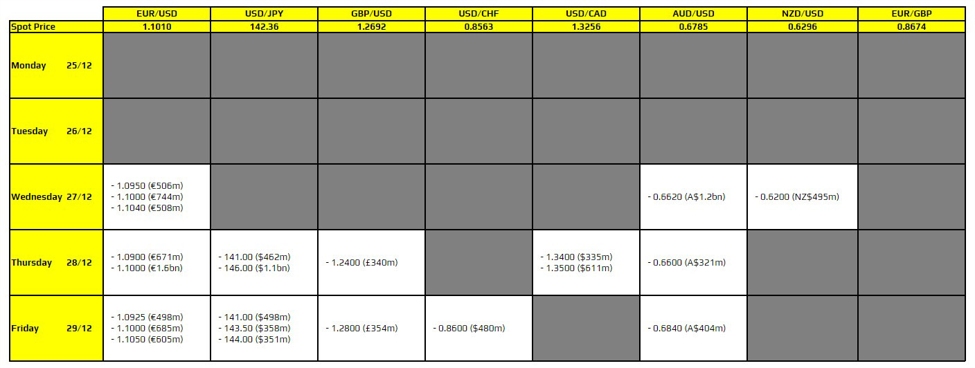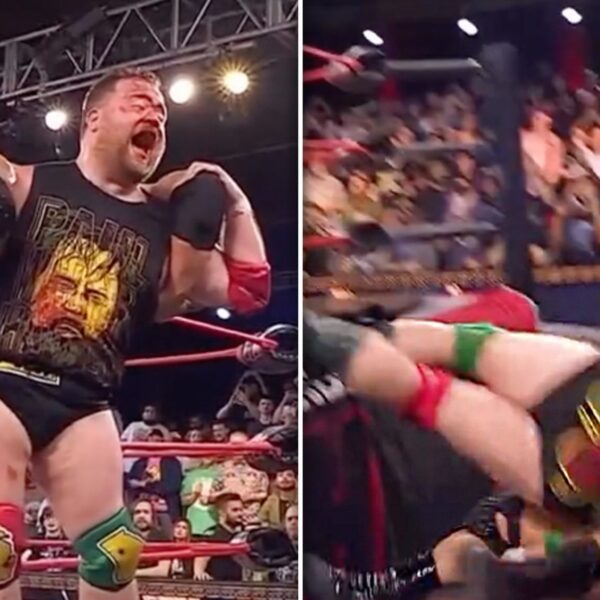
All-cash offers have cemented their place as a formidable force in the U.S. housing market, accounting for nearly one in three home purchases in the first half of 2025, according to the latest analysis from Realtor.com. The data reveals that about 32.8% of home sales so far this year were completed fully in cash—a figure only slightly lower than last year, but significantly above pre-pandemic norms. These transactions are “especially common at the extreme ends of the price spectrum,” writes senior economic research analyst Hannah Jones, who notes that they vary dramatically across regions.
Central to this phenomenon is the growing role of two groups, Jones concludes: investors and second-home buyers. Institutional investors, in particular, have continued to leverage their financial heft, making swift, uncompromising offers—often without the need for financing. Jones’ analysis of deed data suggests to her that LLC and corporate entities make up a “disproportionate share” of cash transactions, she says, followed by second-home buyers, particularly in vacation markets. Jones cited her previous research that the share of investors who paid all-cash in 2024 was nearly double the share of overall cash sales.
Zooming out over the past several years, Jones found the cash share rising from 27.5% in 2019 to a recent peak of 34% in 2023, easing both of the last two years to the current level. Jones concluded this decline likely reflects fewer large investors and less intense buyer competition, with a housing market shifting, slowly, toward more balance.
“After dominating some markets during the pandemic, large investor activity has retreated, giving way to smaller investors who more often use financing.” She warns that investor presence remains elevated, with many non-investor buyers sidelined, and cash purchases still representing a sizable part of the market. In other words, hopeful millennial and Gen Z first-time homebuyers are up against deep-pocketed boomers, and deep-pocketed Wall Street types.
Geographical disparities in cash sales
The new data also highlight stark regional disparities. States like Mississippi (49.6%), New Mexico (48.8%), Montana (46.0%), Hawaii (44.9%), and Maine (44.4%) lead the nation in cash sales, driven by a mix of affordable prices, out-of-state interest, and older demographics. These areas contrast sharply with high-cost, mortgage-dependent hubs such as Washington (21.1%), Washington D.C. (23.4%), and Maryland (24.0%), where younger buyers and stronger lending infrastructure prevail.
At the metro level, Miami (43.0%), San Antonio (39.6%), and Kansas City (39.2%) top the charts, combining both investor activity and, in some cases, significant luxury or international demand. Meanwhile, cities like Seattle (17.9%) and San Jose (20.6%) see the lowest proportions of cash deals, reflecting higher reliance on traditional mortgages due to high local incomes and younger populations.
Jones proposes a pattern to the data: a U-shaped phenomenon of lower and upper-end transactions being particularly cash-sensitive.
The pattern behind the data
The high volume of cash transactions partly reflects an environment marked by elevated mortgage rates and fierce buyer competition. In many markets, cash offers are viewed as the fastest and simplest way to close a deal—bypassing financing contingencies and offering sellers greater certainty. During 2021’s record housing frenzy, the number of cash sales soared to roughly 2 million, the highest in any dataset available to Jones from Realtor.com. While the number dropped to about 1.4 million in 2024, reflecting a slower sales pace and retreating large investor activity, the cash share remains historic by long-term standards.
Behind these numbers is a striking U-shaped pattern: Cash buying surges at both the low end—where as many as two-thirds of homes under $100,000 are sold without loans—and the high end, with over 40% of homes above $1 million changing hands in cash. The result is a marketplace where first-time and lower-income buyers, often reliant on financing, are outflanked by older, equity-rich, and wealthier competitors.















